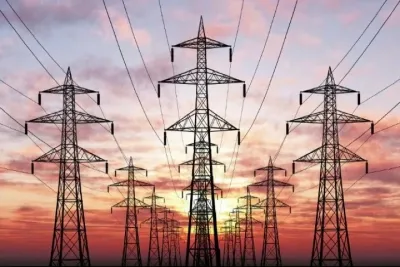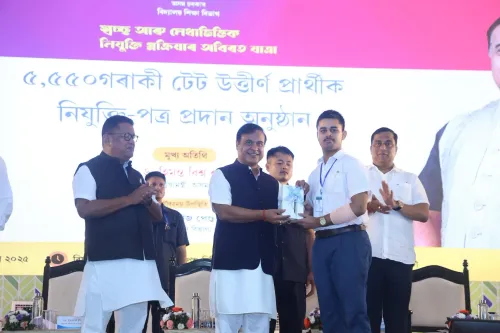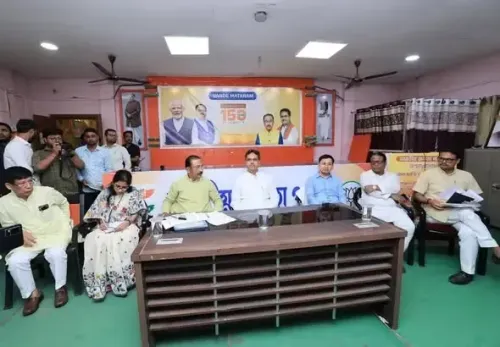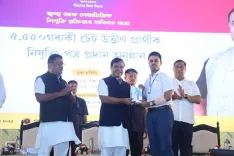Is the Centre Initiating the Monetisation of Power Transmission Assets?

Synopsis
Key Takeaways
- CEA's initiative aims to monetise public transmission assets.
- AOMT model promotes efficiency through PPP.
- State regulators will establish clear tariff structures.
- Transparency and credibility are prioritized.
- External experts will ensure asset readiness.
New Delhi, Nov 9 (NationPress) The Central Electricity Authority (CEA) has disseminated a concept note to the Forum of Regulators, a collaborative entity of central and state electricity regulatory commissions, to elucidate the fundamental components for monetising public sector transmission assets.
This initiative is part of the Acquire, Operate, Maintain, and Transfer (AOMT) framework under the Public Private Partnership (PPP) model introduced by the Power Ministry in 2022. It facilitates the temporary transfer of public transmission assets to private firms for a stipulated duration, with the goal of enhancing operational efficiency and unlocking the financial potential of existing infrastructure as a facet of the government's asset monetisation agenda.
The suggested framework is set to be embraced by state electricity regulators to foster the monetisation of transmission assets. It aims to establish tariffs in a way that offers investors a fair degree of revenue certainty and transparency regarding project particulars during the bidding process. A well-defined and stable tariff structure is regarded as crucial for bolstering investor confidence and ensuring the financial sustainability of both public and private stakeholders.
In prior discussions, state governments expressed apprehensions regarding revenue certainty, tax ramifications, and the security of payments for intra-state transmission charges.
Considering these concerns, the concept note highlights that the initiative encompasses numerous complexities that warrant thorough evaluation before execution. One primary focus is the tariff structure of the assets and the tax implications throughout the transfer process. The model necessitates a systematic approach starting from identifying assets apt for monetisation. For those assets governed by the Regulated Tariff Mechanism (RTM), a demerger process must be undertaken to establish a separate Special Purpose Vehicle (SPV). Following the formation of the SPV, it must secure a license from the relevant State Electricity Regulatory Commission (SERC) to proceed with operations under the AOMT framework.
To promote transparency and credibility in the initiative, the concept note outlines the engagement of several external experts. A technical consultant will be appointed to conduct technical due diligence of the assets, ensuring their readiness for transfer. An independent valuer will be tasked with performing a financial appraisal to ascertain the fair value of the assets.
The document further emphasizes the necessity of comprehensive legal documentation to support the monetisation process. Essential agreements include the transfer agreement between the seller and buyer, the transmission service agreement, and the stipulation of the duration for which the assets will be under private management.
It notes that one significant challenge raised by state transmission utilities and investors pertains to the predictability of cash flow for monetised assets. Intra-state transmission projects predominantly encompass Real Time Market (RTM) assets, for which the electricity regulator establishes tariffs for each control block based on established norms.









